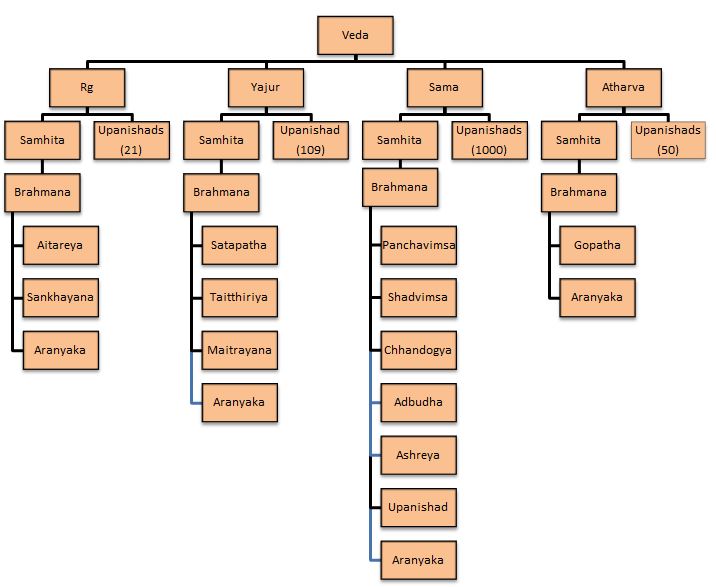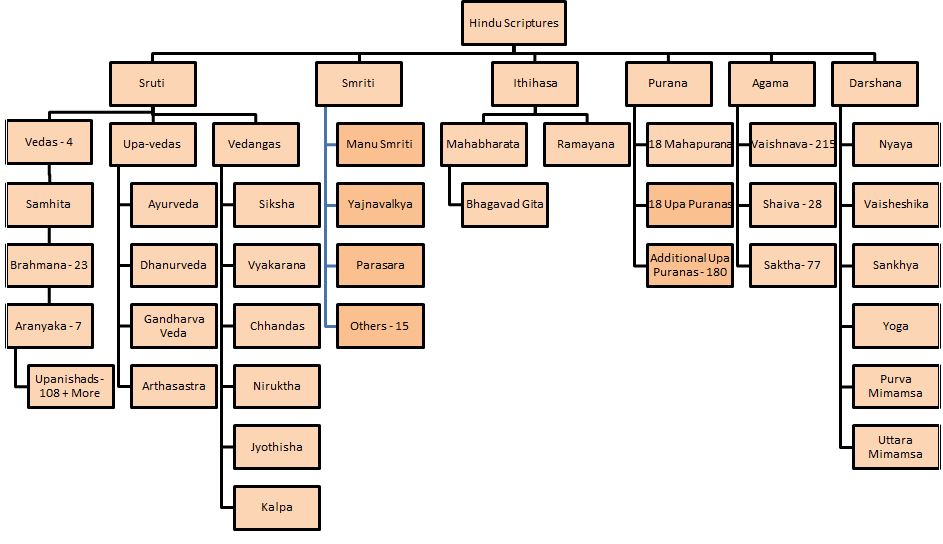Ancient India represented a distinct tradition of law, and had a historically independent school of legal theory and practice. The Arthashastra, dating from 400 BC and the Manusmriti, from 100 AD, were influential treatises in India, texts that were considered authoritative legal guidance. Manu’s central philosophy was tolerance and pluralism, and was cited across Southeast Asia. With the advent of the British raj, there was a break in tradition, and Hindu and Islamic laws were abolished in favor of British common law. As a result, the present judicial system of the country derives largely from the British system and has few, if any, connections to Indian legal institutions of the pre-British era.
The constitutional and legislative provisions in India not only grants equality and protection to women, but also empower the state to adopt measures of positive discrimination in favor of women. The government of India has enacted several women-specific legislations to uphold the constitutional mandate and to protect women against social discrimination, violence and atrocities and also to prevent social evils like child marriages, dowry, rape, practice of sati etc.
In accordance with the ‘Rastramimamsa’ (political philosophy) of Ancient India, crimes were divided into two types. They were called Upapatakas (minor crimes) and Patakas (major crimes).
Sins (papas) – There are ten papas (sins). (1) Murder (2) Theft (3) Adultery (4) Calumny (5) Harshness (6) Deceit (7) Nonsensical utterances (8) Inflicting pain on others (9) Desire for another’s property (10) Atheism.
UPAPATAKA (UPAPAPA) (Minor sins). – Cow-slaughter; sacrificing by one who is unworthy to perform it; seducing another man’s wife; forsaking one’s father, mother and teacher; forsaking self-study, agni (fire) and son; becoming Parivetta (one who gets married before one’s elder brother is married), Younger brother finishing education before the elder; giving an unmarried girl to Parivitti or Parivetta; performing sacrifice by a parivitti or a parivetta; slandering an unmarried girl; Living on the interest of money that is lent; violating one’s vow; selling pond, garden, wife or son; becoming an outcaste; forsaking relatives; Teaching the Vedas after receiving remuneration; selling things which should not be sold, destroying medicinal herbs; living by women; to impede rites; cut down fresh trees (not dried) for fire-wood; kidnapping women; mingling with slanderers of women; selfish activities; eating forbidden rice; not keeping Sacrificial fire ; theft; not repaying loan ; learning forbidden sciences; doing things which are bad and will cause grief to others ; stealing of base metals, grains and cows; contact with drunken women; killing women, etc.
The five greatest Sins are Brahma hatya (killing a Brahmana), Suraa paana (indulging in intoxicants), Asteya (Stealing Gold), Guru Patni Gamana and last one is who commend the earlier sins.
After death, messengers of Yama called Yamadutas bring all beings to the court of Yama, where he weighs the virtues and the vices of the being and passes a judgment, sending the virtuous to Swarga (heaven) and the sinners to one of the hells. The stay in Swarga or Naraka is generally described as temporary. After the quantum of punishment is over, the souls are reborn as lower or higher beings as per their merits.
Naraka (Hell). There is a world called Pitrloka in the middle of the three worlds, on their southern side below the earth and above the Atala loka. Yama is the ruler of pitrloka. Since he is scrupulous in imparting justice, Yama is also called Yamadharma. He administers justice with an even hand to all living beings brought there by his agents, according to their virtues and vices during their earthly lives. He has power to assess the virtues and vices of people and to assign suitable punishments to them, but not to alter the laws or methods of punishment. Sinners are sent to the different Narakas by Yamadharma according to the nature and seriousness of their sins. The Puranas refer to twenty-eight Narakas in all. They are:
(1) Tamisram – Those who rob others of their wealth, wives, children etc., are bound with ropes by Yama’s servants and cast into the Naraka known as Tamisram. There, they are given sound beating until they faint. After they recover their senses, the beating is repeated and those who try to escape are bound hand and foot and pushed again into this hell. This is repeated as long as Fate has ordained.
(2) Andhatamasram – This hell is intended for the wife who takes food after deceiving the husband or the husband who takes food after deceiving his wife. The punishment there is the same as that of Tamisram except the beating. But the excruciating pain suffered by the victims on being tied fast with Yama’s rope by his servants, makes them fall down senseless.
(3) Rauravam – This is the hell into which those who have persecuted other living beings are cast. Those who seize and enjoy another man’s property or resources, also come under ‘Persecution’. When such people are thrown into this hell, those whom they had persecuted or cheated while on earth, assume the shape of “ruru” and torment them severely. “Ruru” is a kind of dreadful serpent. This hell is known as “Rauravam” because of the abundance of rurus there.
(4) Maharauravam – Here also there are ruru serpents. Only they are of a fiercer type. Those who deny the legitimate heirs, their inheritance and possess and enjoy others’ property are squeezed to death by these terrible serpents coiling round them.
(5) Kumbhipakam – This is the hell for the punishment of those who kill and eat birds and animals. Here, oil is kept boiled in huge vessels. Yama’s servants plunge sinners into this oil. The period of their torture extends to as many years as there were hairs on the bodies of the birds or animals which they killed and ate.
(6) Kalasutram (Yamasutra) – This hell is terribly hot. It is here that those who do not respect their father, mother, elders, etc. are cast. They rush about in the unbearable heat of this hell and drop down exhausted, from time to time.
(7) Asi(ta) patram – This is the hell in which those sinners who abandon svadharma (one’s own duty) and accept Paradharma (others’ duty) are flogged by Yama’s servants with whips made of asipatra (sharp-edged sword-shaped leaves). When they run about under the flogging they trip over stones and thorns and fall on their faces. Then they are stabbed with knives made of asipatra. They drop down unconscious and when they recover their senses, the same process is repeated.
(8) Sukaramukham – Kings who neglect their duties and oppress their subjects by misrule, are punished in this hell. They are crushed to a pulp by beating until they fall down unconscious and when they recover, they are again subjected to the same treatment.
(9) Andhakupam – This is the hell for punishing those who oppress Brahmans, gods and the poor. In this Kupa (well) there are wild beasts like tiger, bear etc. carnivorous birds like eagle, kite etc. venomous creatures like snakes and scorpions and insects like bugs, mosquitoes, etc. The sinners have to endure the constant attacks of these creatures, until the expiry of the period of their punishment.


